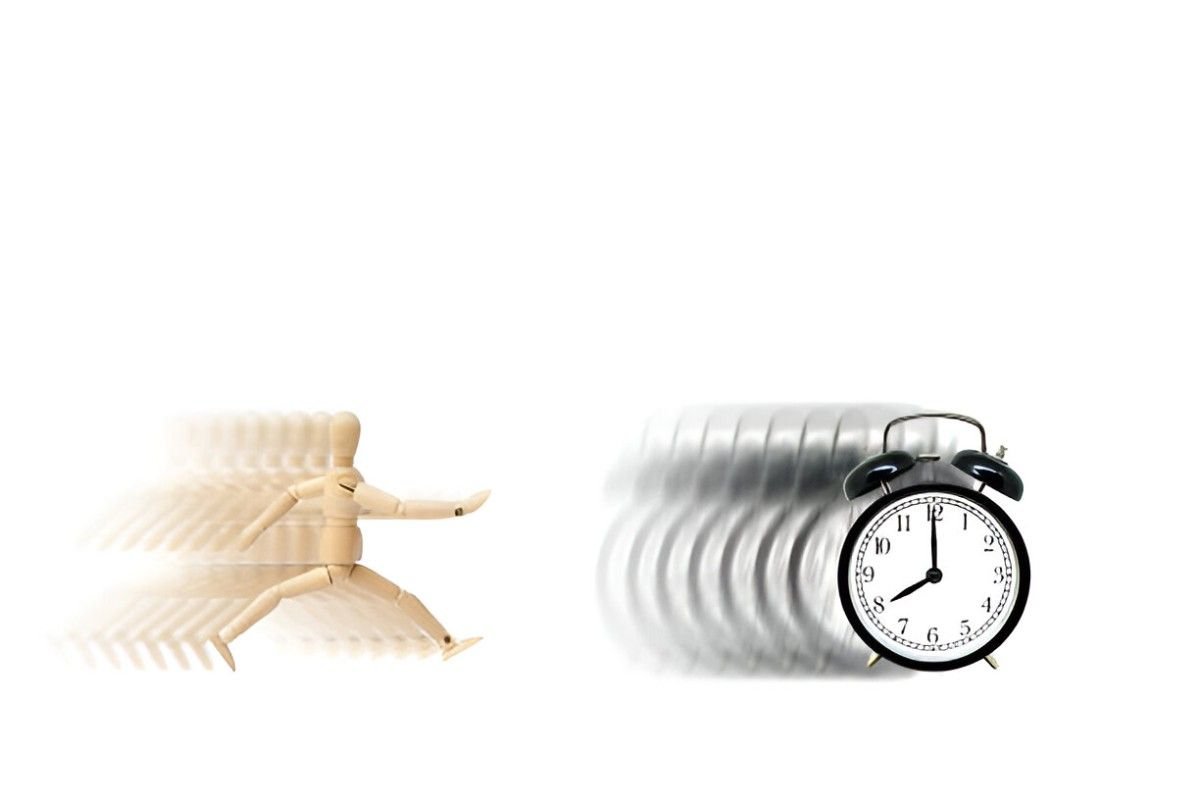As someone who has worked in industrial engineering and operations management for years, I know how crucial efficiency is in manufacturing and service industries. One tool that has consistently helped me optimize workflows is Predetermined Motion-Time Standards (PMTS). In this guide, I break down PMTS in simple terms, explain its mathematical foundations, and show how businesses use it to improve productivity.
Table of Contents
What Are Predetermined Motion-Time Standards?
PMTS is a work measurement technique that assigns standard time values to basic human motions. Instead of timing workers directly, PMTS relies on pre-established benchmarks for movements like reaching, grasping, or walking. These standards help estimate how long a task should take under normal conditions.
The concept dates back to the early 20th century with Frank and Lillian Gilbreth’s motion study. Later, systems like Methods-Time Measurement (MTM) and Maynard Operation Sequence Technique (MOST) refined the approach. Today, PMTS is widely used in manufacturing, logistics, and even healthcare.
Why PMTS Matters
In the U.S., labor costs account for a significant portion of operational expenses. Companies that adopt PMTS often see:
- Reduced inefficiencies in production lines.
- Fairer workload distribution among employees.
- Better accuracy in cost estimation for new projects.
Unlike traditional time studies, PMTS eliminates observer bias since it relies on predefined motion classifications.
Core Components of PMTS
1. Basic Motion Elements
PMTS breaks tasks into fundamental motions, such as:
| Motion | Description | Example |
|---|---|---|
| Reach | Extending hand to an object | Picking up a tool |
| Grasp | Securing an object | Holding a screw |
| Move | Transporting an object | Placing a part in assembly |
| Release | Letting go of an object | Dropping a component into a bin |
2. Time Measurement Units (TMUs)
PMTS uses TMUs, where 1 TMU = 0.00001 hour = 0.036 seconds. This granularity ensures precise calculations.
For example, if a task involves:
- Reach (10 TMU)
- Grasp (5 TMU)
- Move (15 TMU)
- Release (2 TMU)
The total time is:
Total\ Time = (10 + 5 + 15 + 2) \times 0.036\ seconds = 1.152\ seconds3. Adjustments for Conditions
Not all motions take the same time. PMTS accounts for variables like:
- Distance moved – Longer reaches take more time.
- Weight/Resistance – Heavier objects slow movement.
- Precision required – Fine adjustments add time.
Mathematical Foundations
PMTS relies on regression models and empirical data. The general formula for motion time is:
T = k \times D + cWhere:
- T = Time (TMU)
- D = Distance (inches)
- k = Slope coefficient (varies by motion type)
- c = Intercept (base time)
For example, MTM-1 defines Reach as:
| Distance (inches) | TMU |
|---|---|
| ≤1 | 2.0 |
| 2 | 4.0 |
| 4 | 6.4 |
A reach of 3 inches would interpolate between 4.0 and 6.4 TMU.
PMTS vs. Traditional Time Studies
| Factor | PMTS | Traditional Time Study |
|---|---|---|
| Bias | Low (predefined values) | High (observer-dependent) |
| Setup Time | Fast (no live observation) | Slow (requires timing workers) |
| Flexibility | Works for hypothetical tasks | Needs actual performance |
| Cost | Higher initial training | Lower upfront cost |
Real-World Example: Assembly Line Optimization
Let’s say I’m analyzing a worker assembling a circuit board. The steps are:
- Reach for a resistor (6 inches) → 8.5 TMU
- Grasp the resistor → 5 TMU
- Move to the board (4 inches) → 6.4 TMU
- Position the resistor → 10 TMU
- Release → 2 TMU
Total TMU = 8.5 + 5 + 6.4 + 10 + 2 = 31.9\ TMU
Total Time = 31.9 \times 0.036 = 1.148\ seconds
If the worker assembles 2,000 boards/day, the total time is:
2,000 \times 1.148 = 2,296\ seconds\ (38.27\ minutes)Now, suppose I redesign the workspace to reduce the Reach distance to 3 inches (6.0 TMU). The new total becomes:
(6.0 + 5 + 6.4 + 10 + 2) \times 0.036 = 1.058\ seconds\ per\ boardSavings per day:
Over a year, this small change saves ~18 hours—enough to boost output without overtime.
Limitations of PMTS
While powerful, PMTS has drawbacks:
- Training Intensive – Analysts must memorize motion codes.
- Not Ideal for Creative Tasks – Best for repetitive, manual work.
- Updates Needed – New technologies may require revised standards.
Final Thoughts
PMTS is a game-changer for industries where seconds add up to big savings. By understanding its principles, I’ve helped companies cut waste and improve fairness in labor standards. If you’re in manufacturing or logistics, exploring PMTS could be your next step toward operational excellence.





